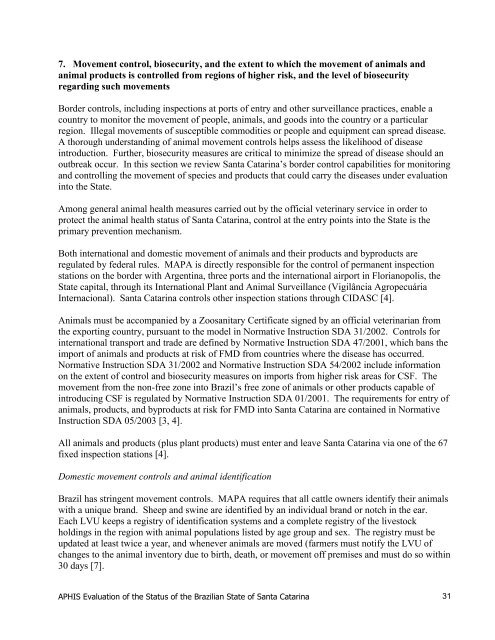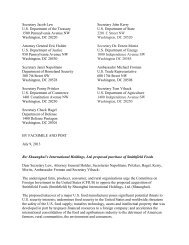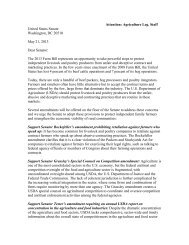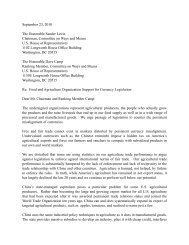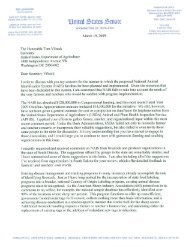Exhibit 8, 100416 Brazil FMD Risk Evaluation - R-Calf
Exhibit 8, 100416 Brazil FMD Risk Evaluation - R-Calf
Exhibit 8, 100416 Brazil FMD Risk Evaluation - R-Calf
Create successful ePaper yourself
Turn your PDF publications into a flip-book with our unique Google optimized e-Paper software.
7. Movement control, biosecurity, and the extent to which the movement of animals and<br />
animal products is controlled from regions of higher risk, and the level of biosecurity<br />
regarding such movements<br />
Border controls, including inspections at ports of entry and other surveillance practices, enable a<br />
country to monitor the movement of people, animals, and goods into the country or a particular<br />
region. Illegal movements of susceptible commodities or people and equipment can spread disease.<br />
A thorough understanding of animal movement controls helps assess the likelihood of disease<br />
introduction. Further, biosecurity measures are critical to minimize the spread of disease should an<br />
outbreak occur. In this section we review Santa Catarina’s border control capabilities for monitoring<br />
and controlling the movement of species and products that could carry the diseases under evaluation<br />
into the State.<br />
Among general animal health measures carried out by the official veterinary service in order to<br />
protect the animal health status of Santa Catarina, control at the entry points into the State is the<br />
primary prevention mechanism.<br />
Both international and domestic movement of animals and their products and byproducts are<br />
regulated by federal rules. MAPA is directly responsible for the control of permanent inspection<br />
stations on the border with Argentina, three ports and the international airport in Florianopolis, the<br />
State capital, through its International Plant and Animal Surveillance (Vigilância Agropecuária<br />
Internacional). Santa Catarina controls other inspection stations through CIDASC [4].<br />
Animals must be accompanied by a Zoosanitary Certificate signed by an official veterinarian from<br />
the exporting country, pursuant to the model in Normative Instruction SDA 31/2002. Controls for<br />
international transport and trade are defined by Normative Instruction SDA 47/2001, which bans the<br />
import of animals and products at risk of <strong>FMD</strong> from countries where the disease has occurred.<br />
Normative Instruction SDA 31/2002 and Normative Instruction SDA 54/2002 include information<br />
on the extent of control and biosecurity measures on imports from higher risk areas for CSF. The<br />
movement from the non-free zone into <strong>Brazil</strong>’s free zone of animals or other products capable of<br />
introducing CSF is regulated by Normative Instruction SDA 01/2001. The requirements for entry of<br />
animals, products, and byproducts at risk for <strong>FMD</strong> into Santa Catarina are contained in Normative<br />
Instruction SDA 05/2003 [3, 4].<br />
All animals and products (plus plant products) must enter and leave Santa Catarina via one of the 67<br />
fixed inspection stations [4].<br />
Domestic movement controls and animal identification<br />
<strong>Brazil</strong> has stringent movement controls. MAPA requires that all cattle owners identify their animals<br />
with a unique brand. Sheep and swine are identified by an individual brand or notch in the ear.<br />
Each LVU keeps a registry of identification systems and a complete registry of the livestock<br />
holdings in the region with animal populations listed by age group and sex. The registry must be<br />
updated at least twice a year, and whenever animals are moved (farmers must notify the LVU of<br />
changes to the animal inventory due to birth, death, or movement off premises and must do so within<br />
30 days [7].<br />
APHIS <strong>Evaluation</strong> of the Status of the <strong>Brazil</strong>ian State of Santa Catarina 31


